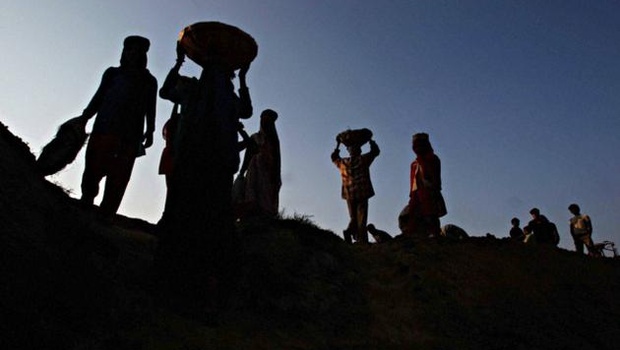The socio-economic and caste census (SECC) 2011, released by finance minister Arun Jaitley in New Delhi on Friday, portrays a grim picture of Odisha.
Around two-third households have a monthly income of less than Rs 5,000, even as cost of essential commodities are skyrocketing. Around 15% families have monthly income between Rs 5,000 and 10,000 compared to 17.88% at the national level.
Only a % of 6.8 families in rural parts of the state have at least one member with salaried jobs compared to 9.68% at the national level. Around 23% families in the state depend on agriculture, 28.12% on casual labour and 3% on domestic work. Around 0.26% rural families are into rag-picking compared to 0.23% at the national level. Similarly, 0.26% families in Odisha depend on begging, which is third highest after West Bengal (1.26%) and Assam (0.70%).
Though the state government has announced pucca houses for all by 2019, around two-third families (64.97%) still stay in kuchha houses. Though Odisha is largely an agrarian state, farming is still predominantly a manual work with negligible percentage of machines being used. Less than 1% families in the state have motorized farm tools compared to 4.12% at the national level. In the state, only 1.65% households own irrigation equipment, compared to 9.87% at the all-India level.
Penetration of Kissan credit card, which portrays ease of cash flow to the farmers, in the state stands at a meager 1.51%, which is one-third of the national average of 3.62%.
Only 33.56% families in Odisha own cellphones, half of national average (68.35%). The state occupies second slot from the bottom after Bihar (28.47%).
The percentage of households owning a motorized vehicle in the state stands at 8.97 compared to 20.69 at the national level. Of the total 98,85,118 households in the state, 86,22,827 families stay in villages.
Sociologists blamed the ongoing government’s relief-centric schemes for the poor social indices. “No sincere attempt is being made to create job avenues for people and impart them training in skills to learn how to earn one’s livelihood. Scheme such as rice at Re 1 a kg is not going to improve people’s living standards. They are only getting poorer,” said Mr. Anup Dash, a professor of sociology at Utkal University.

